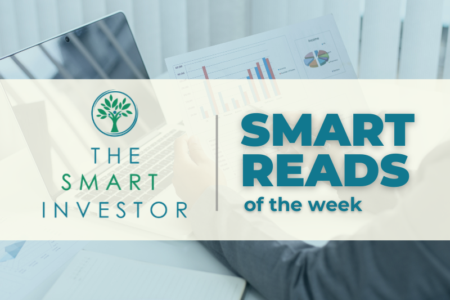Healthy is not the best word to describe the condition of the US right now.
The US accounts for around 28% of all the COVID-19 cases in the world, despite making up just 4% of the global population. Its economy – the world’s largest – officially entered a recession in February this year, and its current unemployment rate of 13.3% is significantly higher than what it was during the depths of the Great Financial Crisis of 2008-09. The US is also currently in conflict with the world’s second largest economy, China, over multiple issues. Making matters worse for America, the unfortunate death of George Floyd in May while in police custody has sparked large-scale civil unrest across the country over racism.
And yet, the NASDAQ index closed at a record high on 10 June 2020. Meanwhile, the S&P 500 is today just a few percentage points below its record high seen in February 2020 after bouncing more than 37% from its coronavirus-low reached in March.
This massive disconnect between what’s going on in the streets of America and its stock market has left many questioning the sustainability of the country’s current stock prices. Nobody has a working crystal ball. But I know for sure that this is not the first time the US has stumbled.
1968 is widely recognised as one of the most turbulent years in the modern history of the US. During the year, the country was in the throes of the Vietnam War, prominent civil rights activist Martin Luther King Jr and presidential hopeful Robert F. Kennedy were both murdered, and massive riots were taking place. It was a dreadful time for America.
How did the US stock market do? The table below shows the S&P 500’s price and earnings growth with January 1968 as the starting point. I have a few time periods: 1 year; 5 years; 10 years; 20 years; and 30 years. You can see that growth in the earnings and price of US stocks over these timeframes have been fair to good.

The following are charts of the S&P 500’s performance over the same time periods, for a more detailed view:





It’s worth noting too that the S&P 500’s CAPE (cyclically-adjusted price-to-earnings) ratio in January 1968 was 21.5. This means that the rise in US stocks in the time periods we’ve looked at were not driven by a low valuation at the starting point. Today, the S&P 500’s CAPE ratio is 28.5, which is higher, but not too far from where it was in January 1968. (The CAPE ratio divides a stock’s price by its inflation-adjusted 10-year-average earnings)
I’m not trying to say that US stocks will continue to rise from here. A new bear market may start tonight, for all I know. I’m just trying to show two things.
First, stocks can rise even when the world seems to be falling apart. What we’re seeing today – the huge disconnect between Main Street and Wall Street – is not unique. It has happened before. In fact, I’ve written about similar episodes that occurred in 1907 and 2009. Second, we should approach the future with humility. Let’s assume we can travel back in time to the start of 1968. If I told you then about the mess the US would be entering, would you have guessed that, with a starting CAPE ratio of 21.5, US stocks would be (a) 11% higher a year later and (b) 46% higher five years later? Be honest.
No one knows what’s going to happen next. All past crashes look like opportunities, but every future one seems like a risk. There are also always reasons to sell. The best way we can deal with an uncertain future in our investing activities is to adopt a long time horizon, and have a sound investment process in place.
We are embarking on a very special journey to build our wealth… and would like to invite you to join us!
Together.. we’ll uncover the next rising stars of the stock market…
add them for our portfolios in the right mix and combination…
and together we’ll see them grow and shine and grow our wealth for our future and our children’s futures..
If you’d like a chance to join us on this profitable journey, just key in your email below to receive your exclusive invitation when we open All Stars.
Click here to like and follow us on Facebook and here for our Telegram group.
Click here to like and follow us on Facebook and here for our Telegram group.
Note: An earlier version of this article was published at The Good Investors, a personal blog run by our friends.
Disclosure: Ser Jing does not own shares in any of the companies mentioned.





